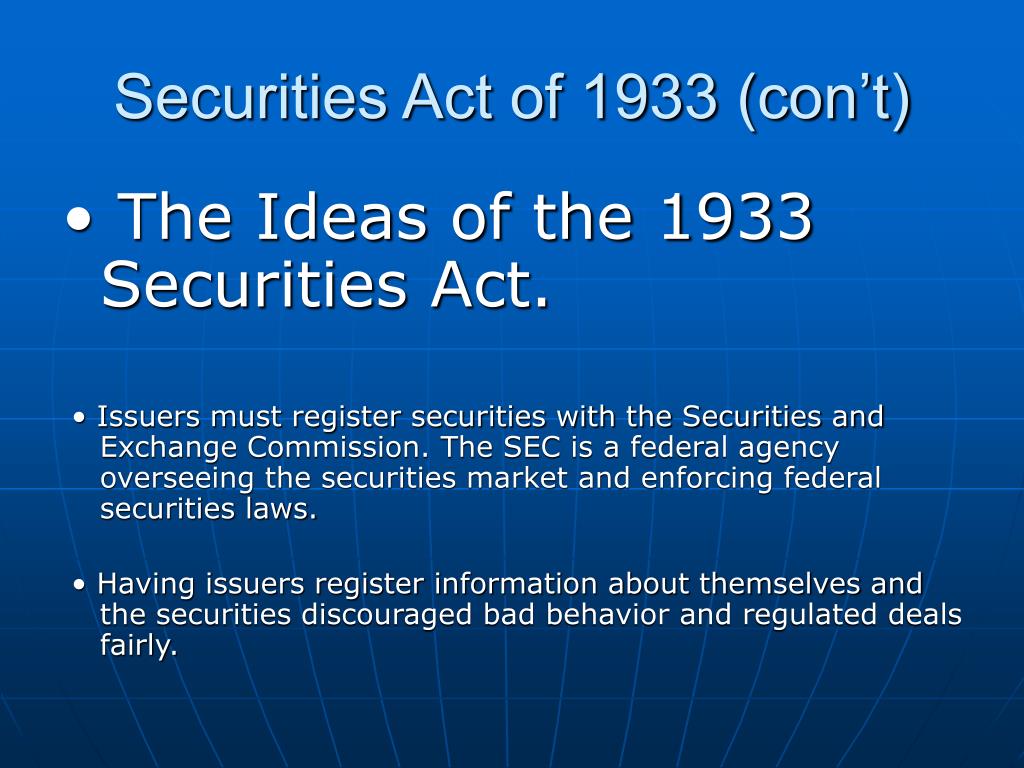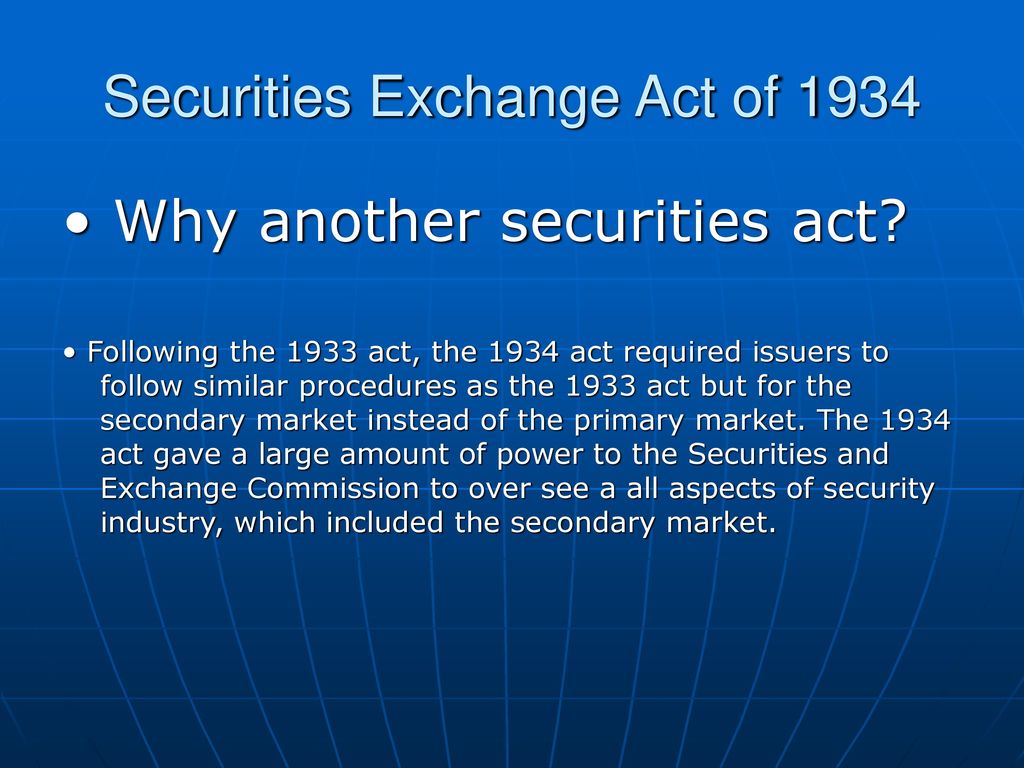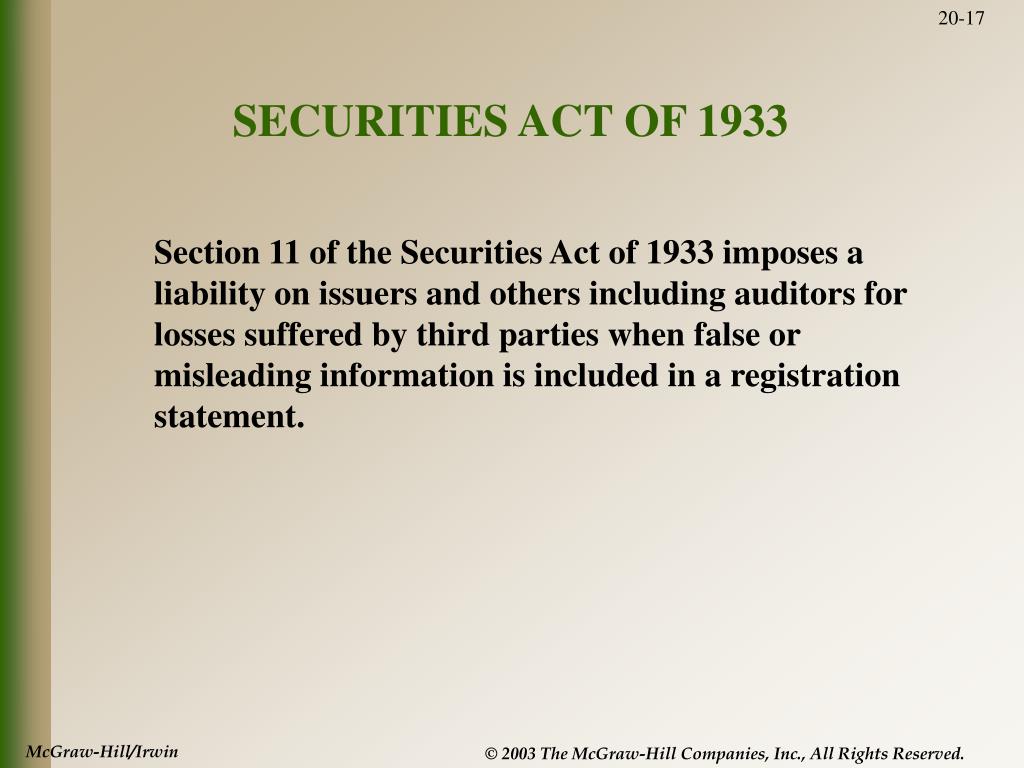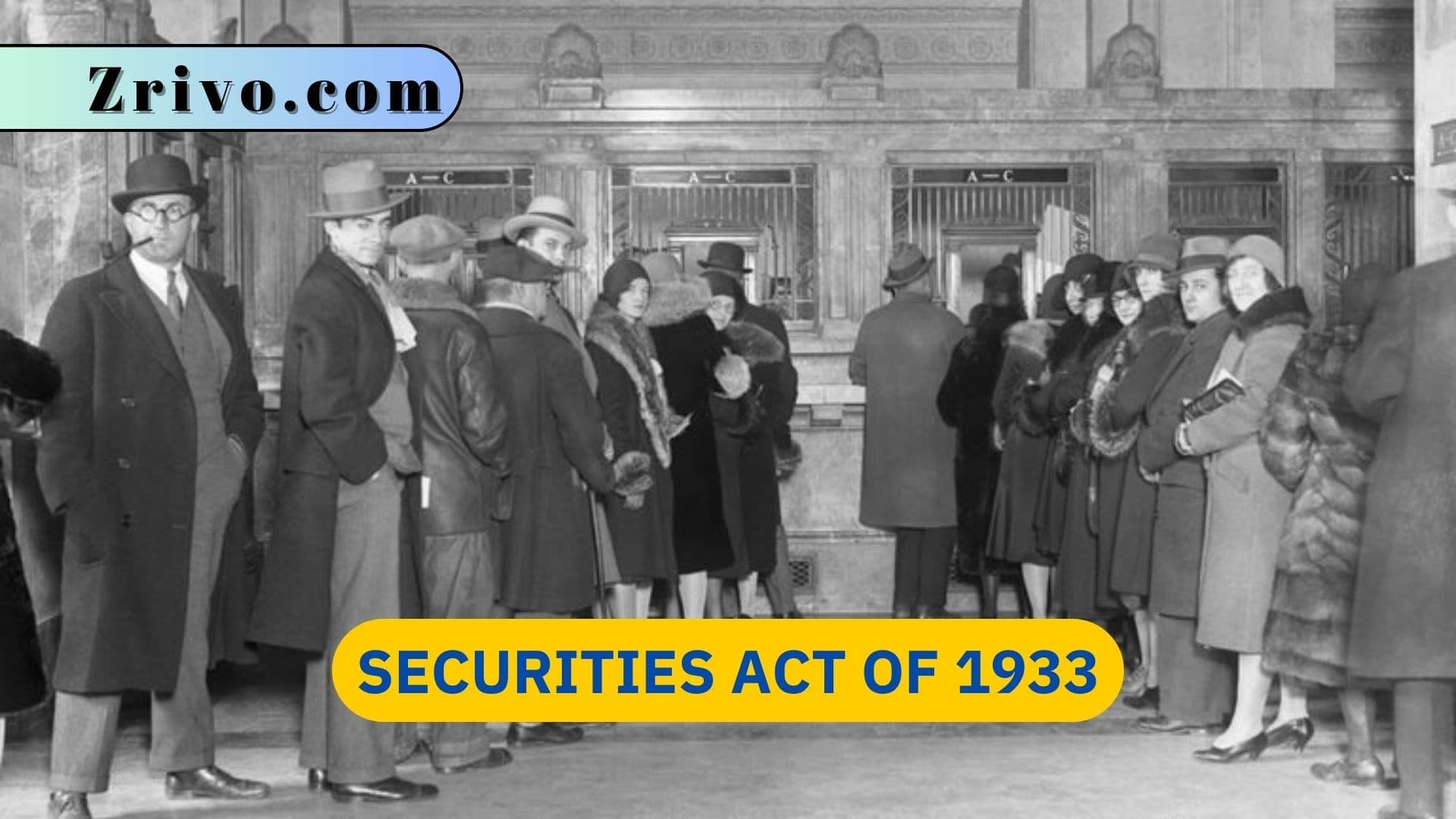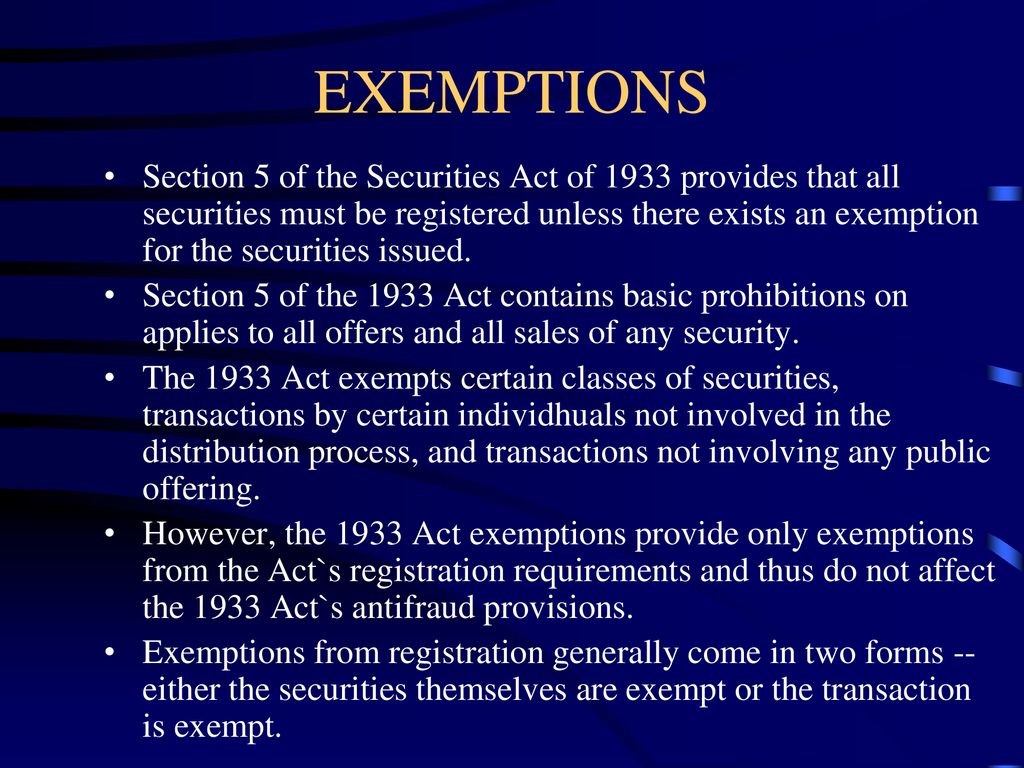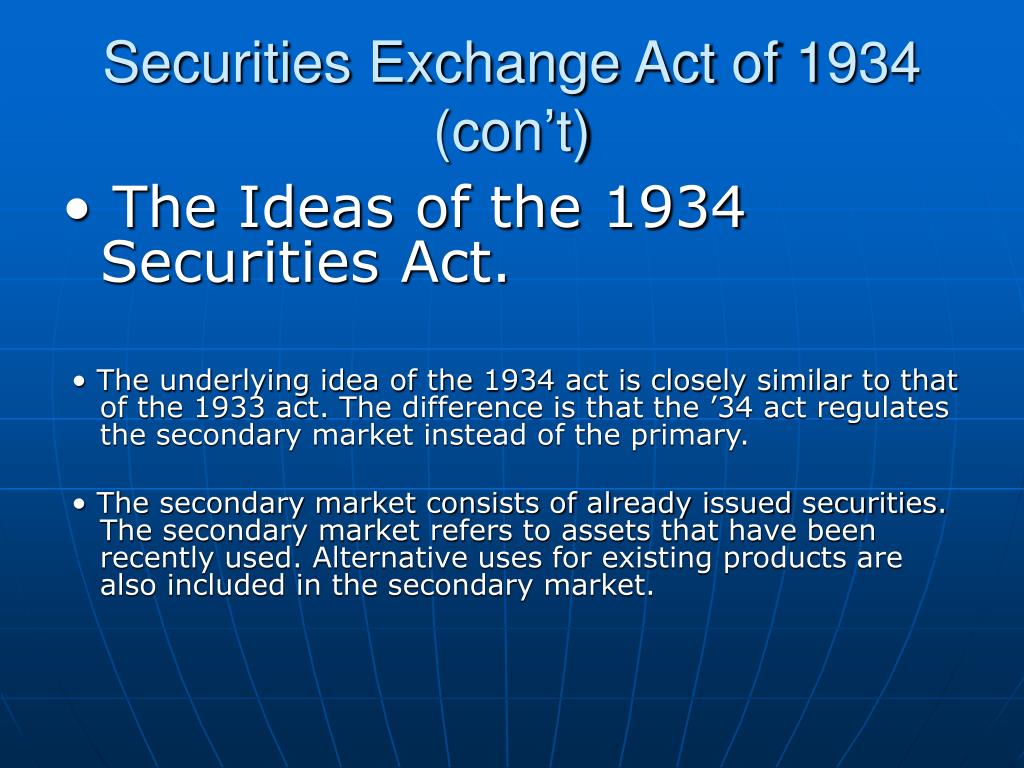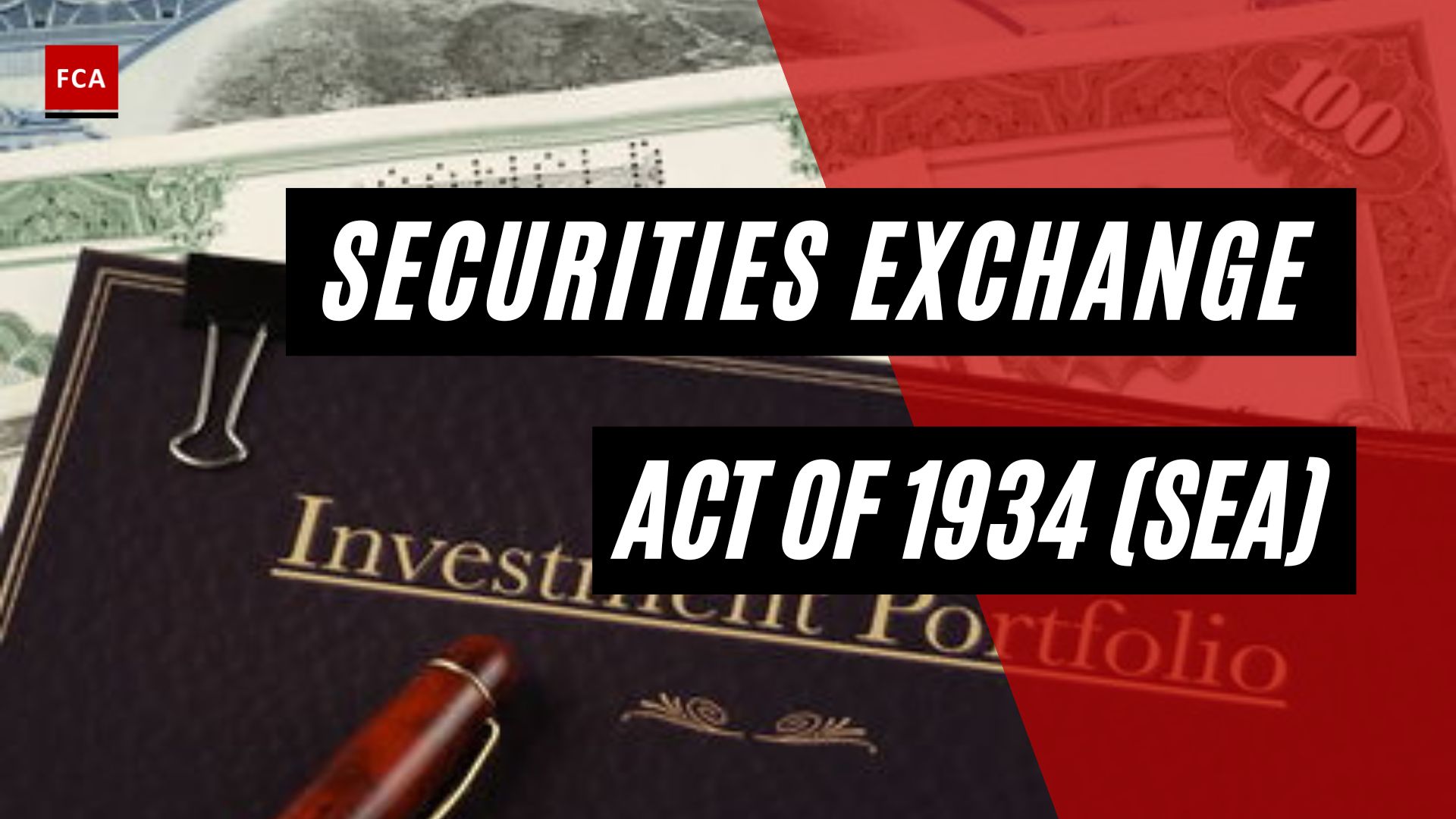Section 17 A Of The Securities Act Of 1933
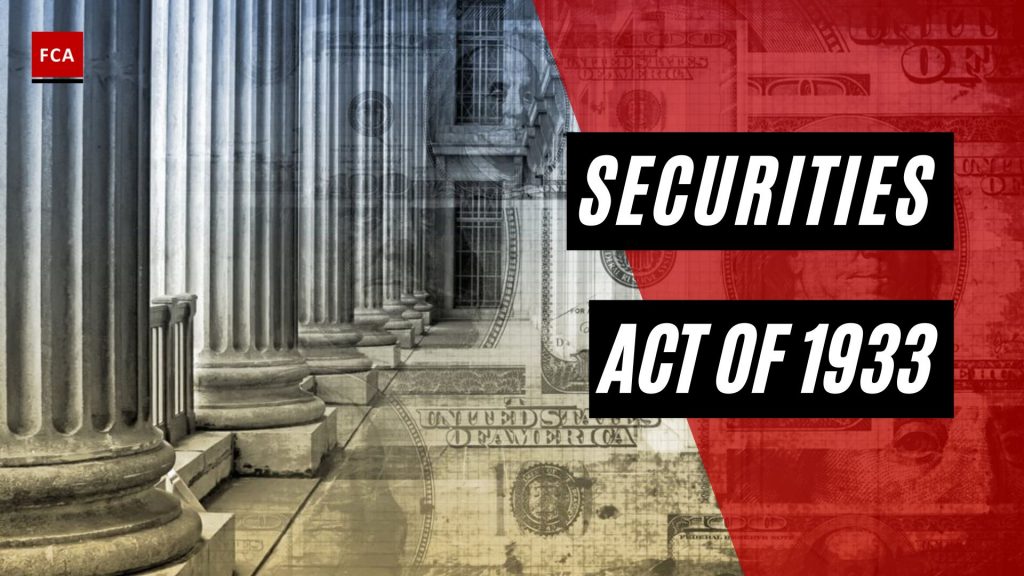
Imagine a bustling marketplace, filled with vendors hawking their wares, each promising the best deal. Now, picture a vigilant guardian ensuring fair play, protecting unsuspecting buyers from deceptive practices. That guardian, in the realm of securities, often takes the form of Section 17(a) of the Securities Act of 1933.
At its core, Section 17(a) is a powerful weapon against fraud in the sale of securities. This provision serves as a cornerstone of investor protection, prohibiting deceptive practices and aiming to foster a transparent and trustworthy marketplace.
The Securities Act of 1933, born in the aftermath of the Great Depression, sought to restore investor confidence in the wake of widespread financial turmoil. The Act aimed to provide more transparency and accountability in the issuance and sale of securities.
The Genesis of Section 17(a)
The backdrop of the Great Depression was one of widespread investor losses and a deep distrust of the financial markets. Rampant speculation and fraudulent schemes had left many Americans financially devastated.
President Franklin D. Roosevelt's administration recognized the urgent need for reform and investor protection. The Securities Act of 1933, a landmark piece of legislation, was a direct response to these crises.
Section 17(a) was crafted to specifically address fraud in the sale of securities, ensuring that investors had access to truthful and accurate information before making investment decisions.
The Three Pillars of Section 17(a)
Section 17(a) has three distinct clauses, each targeting a specific type of fraudulent activity. Understanding these clauses is crucial to grasping the breadth and scope of the law.
Clause (1): The Outright Prohibition of Deception
Clause (1) directly prohibits the use of "any device, scheme, or artifice to defraud." This is the broadest of the three clauses.
It captures any intentional act that is designed to deceive or mislead investors in connection with the offer or sale of securities. This clause requires proof of scienter, meaning the defendant acted with intent to deceive, manipulate, or defraud.
Clause (2): Misrepresentations and Omissions
Clause (2) prohibits obtaining money or property through untrue statements of material fact or omissions of material facts. A fact is considered "material" if a reasonable investor would consider it important in making an investment decision.
Unlike clause (1), clause (2) does not necessarily require proof of scienter. Negligence in making a false statement or omitting a material fact can be sufficient to establish a violation.
Clause (3): Engaging in Transactions That Operate as a Fraud
Clause (3) prohibits engaging in any transaction, practice, or course of business which operates or would operate as a fraud or deceit upon the purchaser. This clause focuses on the effect of the conduct, rather than the intent behind it.
Even if the seller did not intend to defraud the buyer, a violation can occur if the transaction, in practice, defrauds or deceives the investor. Like clause (2), this clause also does not require proof of scienter.
The Significance of Section 17(a)
Section 17(a) plays a critical role in maintaining market integrity and protecting investors from fraudulent schemes. Its broad language and three distinct clauses provide a robust framework for combating a wide range of deceptive practices.
The provision is frequently used by the Securities and Exchange Commission (SEC) to pursue enforcement actions against individuals and entities engaged in securities fraud. These actions can result in significant penalties, including fines, disgorgement of ill-gotten gains, and even criminal charges.
Beyond SEC enforcement, Section 17(a) has also been the subject of considerable litigation. However, whether a private right of action exists under Section 17(a) - meaning whether individual investors can sue for violations - has been a long-standing debate.
The Ongoing Debate: Private Right of Action
The question of whether a private right of action exists under Section 17(a) has been a source of much debate and conflicting court decisions. The Supreme Court has not directly addressed the issue, leading to varying interpretations by lower courts.
Some courts have held that a private right of action exists, particularly under clause (1), arguing that it aligns with the overall purpose of the Securities Act to protect investors. Other courts have rejected the existence of a private right of action, citing concerns about potentially overwhelming the courts with litigation and arguing that the SEC's enforcement powers are sufficient.
The lack of clarity on this issue has created uncertainty for investors and legal professionals alike. It remains a significant area of contention in securities law.
Examples of Section 17(a) in Action
Section 17(a) has been invoked in numerous high-profile cases involving securities fraud. These cases illustrate the diverse ways in which the provision can be applied.
Consider a scenario where a company executive knowingly makes false and misleading statements about the company's financial performance to inflate the stock price. The SEC could bring an enforcement action against the executive under Section 17(a), alleging violations of all three clauses.
Another example might involve a broker who recommends unsuitable investments to clients, not based on their financial needs, but solely to generate commissions. The SEC could pursue action arguing that the broker engaged in a practice that operated as a fraud, violating clause (3).
The Future of Section 17(a)
Section 17(a) continues to be a vital tool for protecting investors and maintaining the integrity of the securities markets. As financial markets evolve, so too must the interpretation and application of this important provision.
The ongoing debate regarding the existence of a private right of action is likely to persist, potentially requiring further clarification from the Supreme Court or Congress. Regardless, the SEC will undoubtedly continue to utilize Section 17(a) aggressively in its enforcement efforts.
The enduring relevance of Section 17(a) highlights the importance of vigilance and ethical conduct in the financial world. It serves as a constant reminder that transparency and honesty are paramount to fostering a fair and trustworthy marketplace for all investors.
Section 17(a) of the Securities Act of 1933, though seemingly a dry piece of legislation, stands as a testament to the enduring need for investor protection. It is a reminder that trust, though fragile, can be fortified by laws designed to ensure fairness and transparency in the complex world of finance. The legacy of this provision is one of ongoing vigilance, a continuous effort to safeguard the interests of those who participate in the marketplace, fostering a system where integrity prevails.


